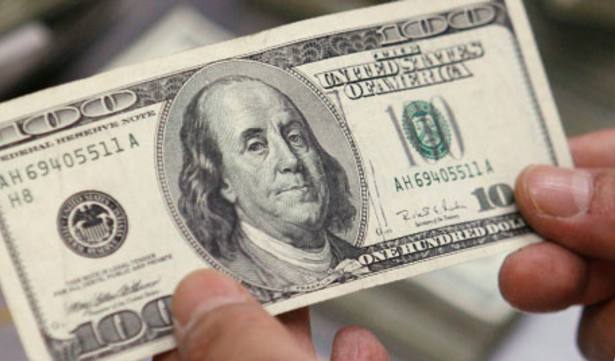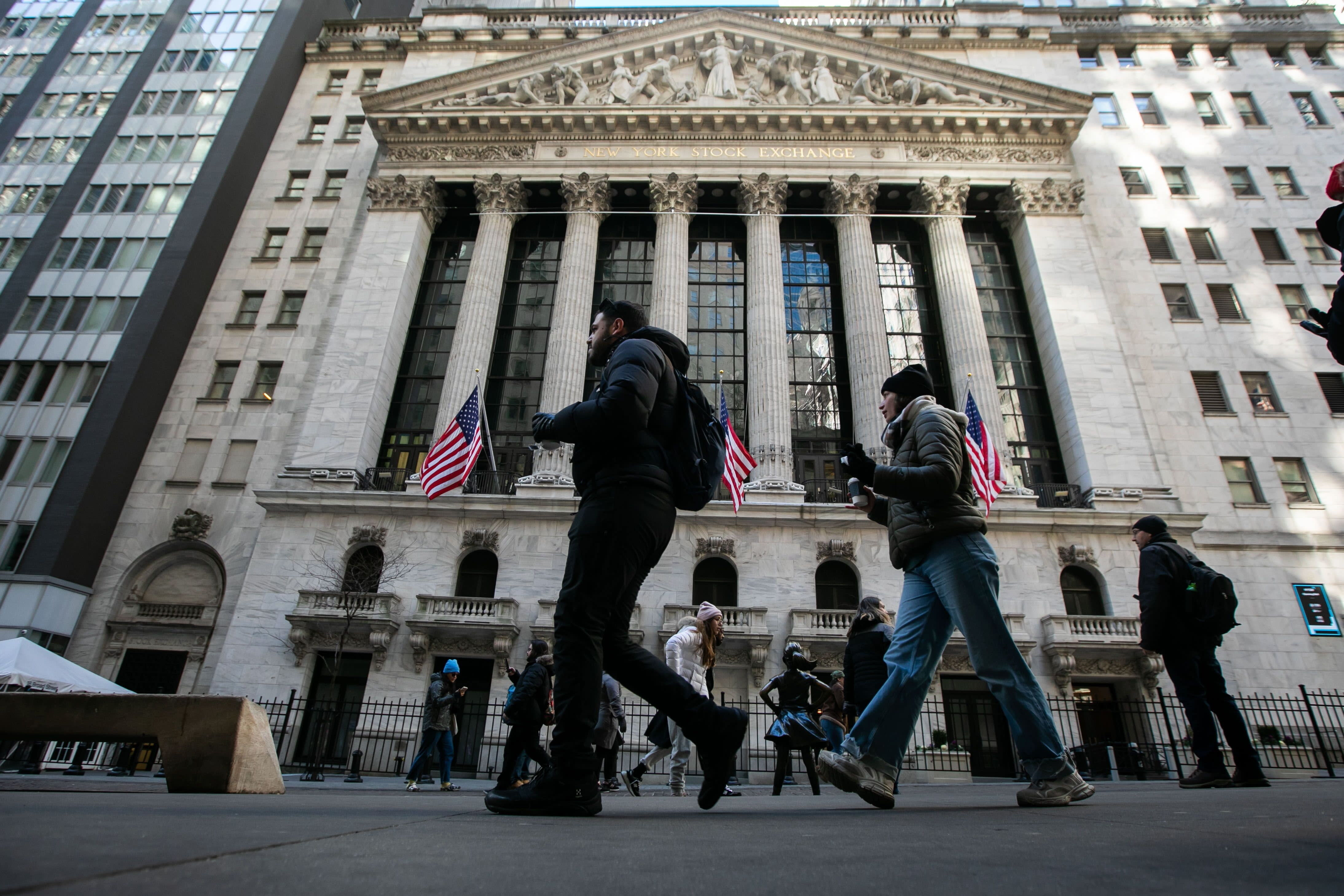
One of the main points of focus for investors in the US over the past 12 months has been when the Federal Reserve would make its next interest rate move.
In December 2015 the central bank enacted its first rate rise since June 2006, with many experts predicting a number of further hikes in 2016. But slow growth in China, the oil price slump and the shock of the UK’s referendum result means US monetary policy has not been as hawkish as some expected.
The US economy has been steadily growing – with employment and household spending increasing – and equity markets have also performed. The S&P 500 index gained 30 per cent for the year to date to November 23 in sterling terms, data from FE shows, compared with the MSCI AC World index rise of 25.2 per cent.
The unexpected outcome of the US election has created uncertainty, but a rally in US Treasury yields in the aftermath of the result, combined with president-elect Donald Trump’s mooted plans to boost infrastructure spending, has meant expectations of an interest rate rise at the Federal Open Market Committee’s next meeting on December 13-14 are being priced into markets.
One of the resulting effects is a stronger US dollar, with Jordan Hiscott, chief trader at ayondo markets, noting the currency moved to a 10-year high on November 24.
He adds: “Two factors are driving this bull market – the likelihood of a Fed interest rate rise next month, with possible further hikes in 2017; and the surprise US election result. Mr Trump’s proposed polices bear similarities to the Ronald Reagan era, specifically the increased infrastructure spending, deficit spending and tax cuts, the culmination of which will lead to a large rise in inflation.”
In its latest outlook, Nordic bank SEB suggests most central banks will have to battle against uncomfortably low inflation, but predicts the US Fed will hike rates in December “and then carry out hikes at six-month intervals, thereby reaching a federal funds rate of 1.5-1.75 per cent by the end of 2018”.
But Robert Bergqvist, chief economist at SEB, notes: “Financial market reactions after the Brexit vote, and so far since Mr Trump’s victory, have underscored that it may be tricky to draw quick, far-reaching negative economic conclusions from the results.”
Olly Russ, head of European Income at Liontrust, says: “The Republicans now control the House, the Senate and the president, and so – unlike much of recent history – presumably are in a position to give effect to declared policies. However, this is where we reach a bit of an impasse as precise policies were notably absent in this presidential campaign. Mr Trump has said he will cut taxes, and proposes a one-time tax amnesty to repatriate overseas profits, taxed at just 10 per cent – this looks positive for corporate profits and dollar strength.







